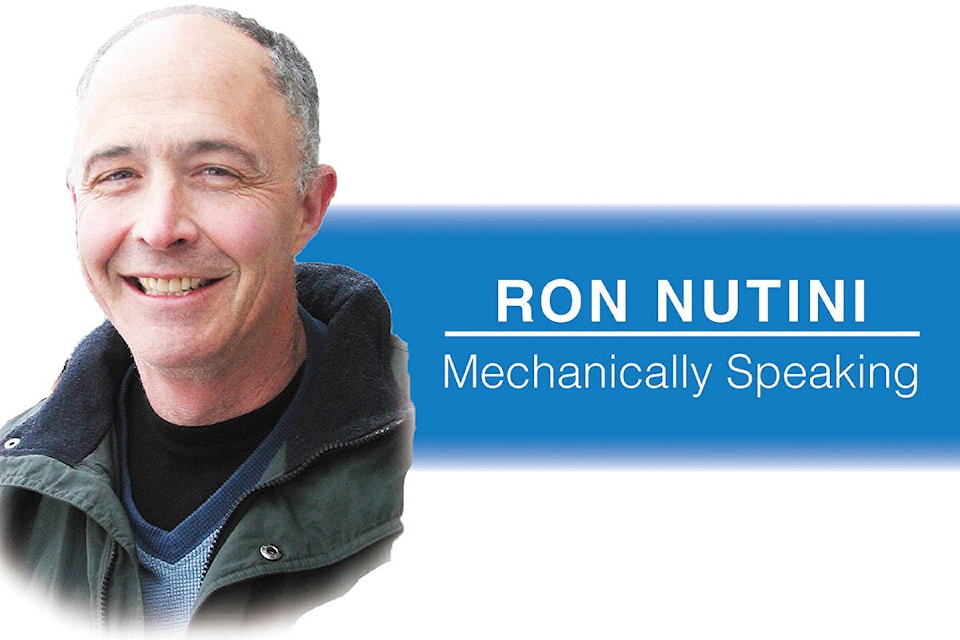Many of you now drive vehicles with something called park assist. Park assist comes in many flavors but it is considered a subset of the many ADAS systems available on today’s automobiles. ADAS stands for Advanced Driver Assistance Systems.
Park assist systems fall into two categories. Active park assist will actually help you park your car to the extent that it will control the steering wheel, gas and brake. You may be required to operate the shifter to select forward and reverse gear.
In this article I am going to focus on the more common basic park assist systems.
Basic park assist only warns you of objects getting too close to the front and/or rear of your vehicle. It will help you decide how close you are getting to objects with some type of warning system. These warnings are usually beeps and/or lights that indicate proximity. In many vehicles this system is combined with a back up camera. The simplest systems only sense objects at the back of the vehicle. The next step up is front sensing as well as rear sensing. Some vehicles may even have a front facing camera to help detect how close the front spoiler of your sports car is getting to the curb.
So how do these systems work? The simplest systems will typically use four ultrasonic sensors spaced across the rear bumper of your vehicle. Each of the sensors are both transmitters and receivers of sound waves. They send out bursts of ultrasonic sound waves (we can’t hear them) and then measure the time it takes for that sound to be reflected back. The time in between transmit and receive represents the distance to the nearest object. The info from these sensors is processed by a computer or module dedicated to the job. The park assist computer then sends information to indicate to the driver the proximity of an object to the rear of the vehicle.
The warning system can be some type of display on the dash or in the rear view mirror and may also be rows of warning lights. Almost all vehicles use sound from a slow beep when things are clear to a more rapid beep as things get closer and then a basic scream when it is time to stop.
It is not uncommon for parts of these systems to fail. The most common failures are the sensors themselves. When one sensor fails the system usually ceases to function. Another failure mode is sensors that are continually giving false alarms. In this case the driver typically has the ability to turn off the system all together simply by pushing a button.
The sensors are fairly delicate electronic devices. Since they are generally mounted in the vehicle bumper and they cannot be covered with anything they are very susceptible to damage from hitting objects. Because these sensors emit sound waves it is critical that they are mounted so vibrations of the vehicle do not interfere with transmitting and receiving. They are kind of softly suspended.
Solving park assist problems can be challenging but special tools and an understanding of how the system works go along way towards a quick diagnosis and repair. When a system ceases to function the best approach is using a scan tool (computer) to query the park assist module (computer) and check for codes. Any codes present will help your mechanic form a diagnostic strategy. Of course a visual inspection of the system and particularly the sensors may unveil the culprit. Remember that autonomous supermarket buggy.
Trail’s Ron Nutini is a licensed automotive technician and graduate of mechanical engineering from UBC. E-mail: nutechauto@telus.net
